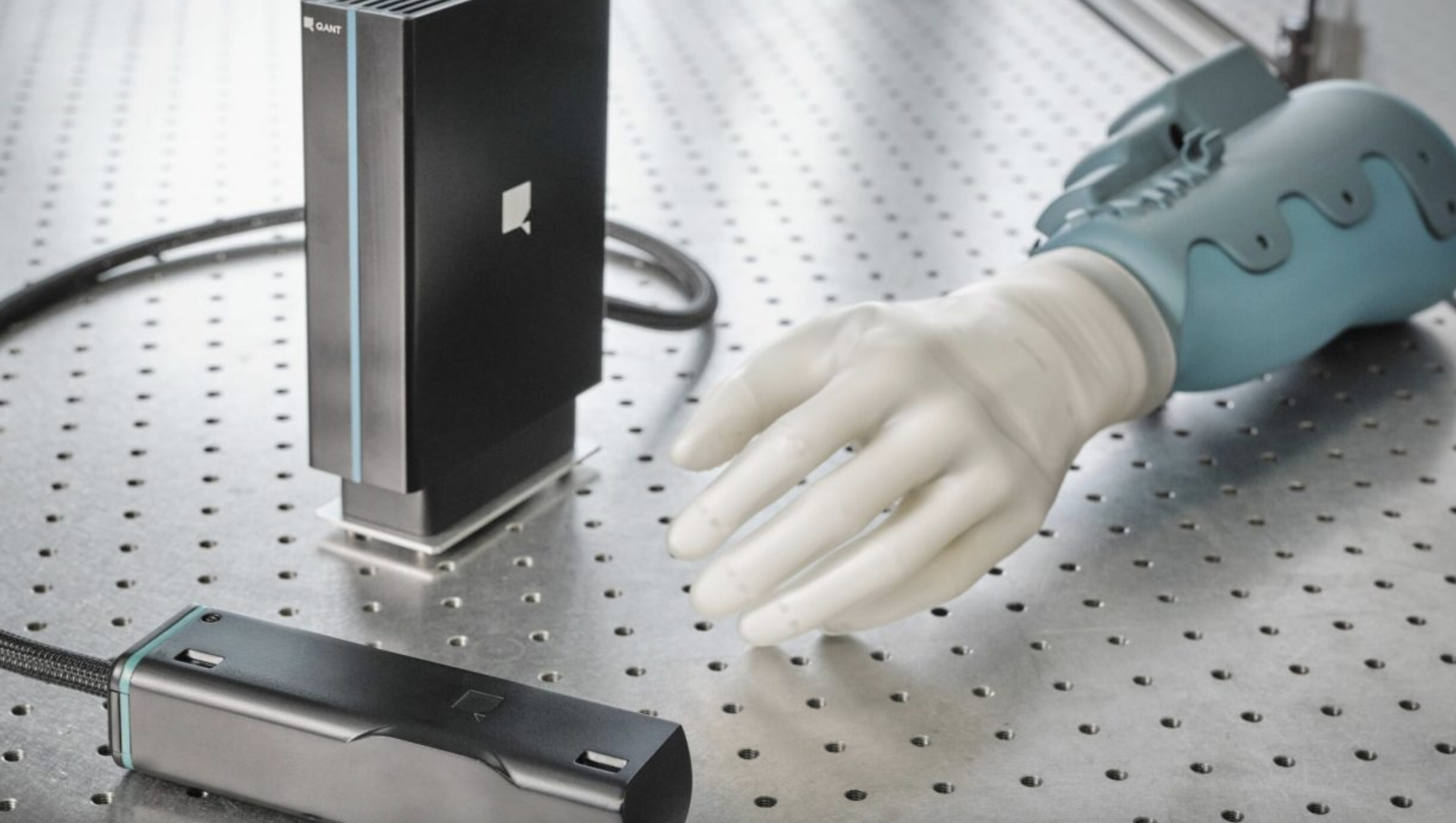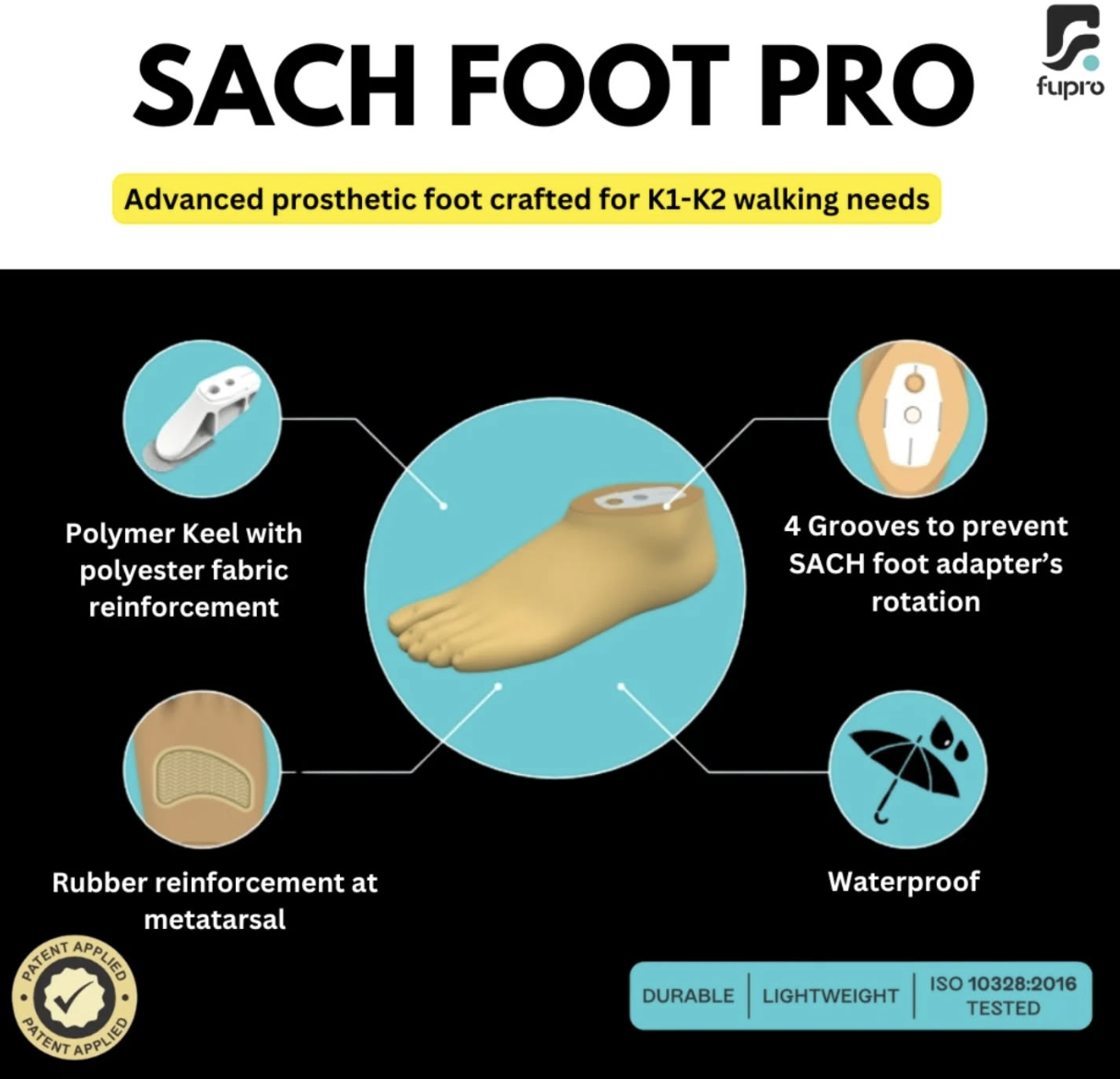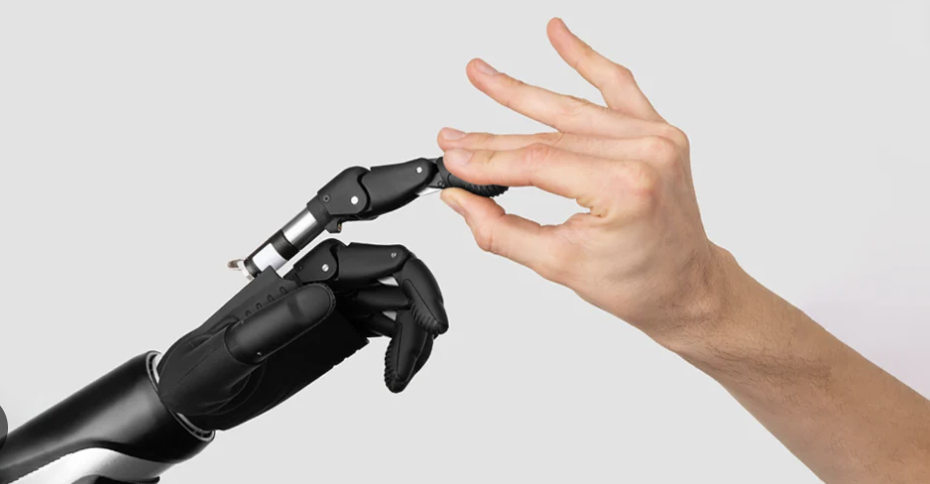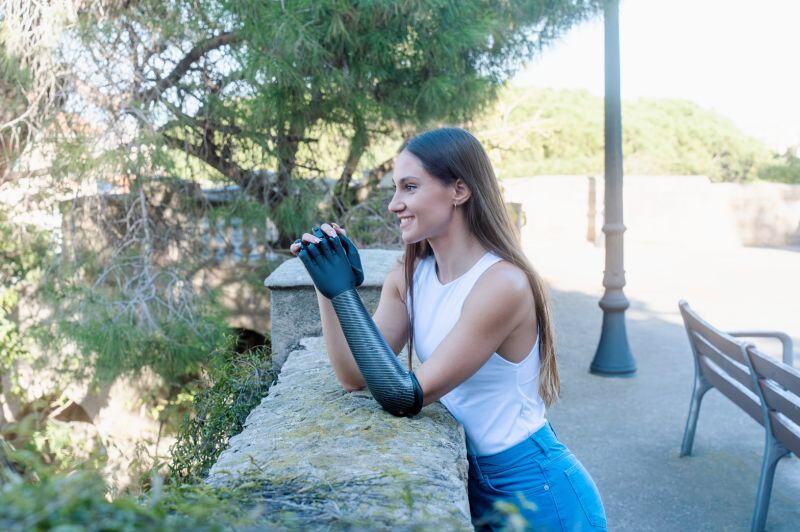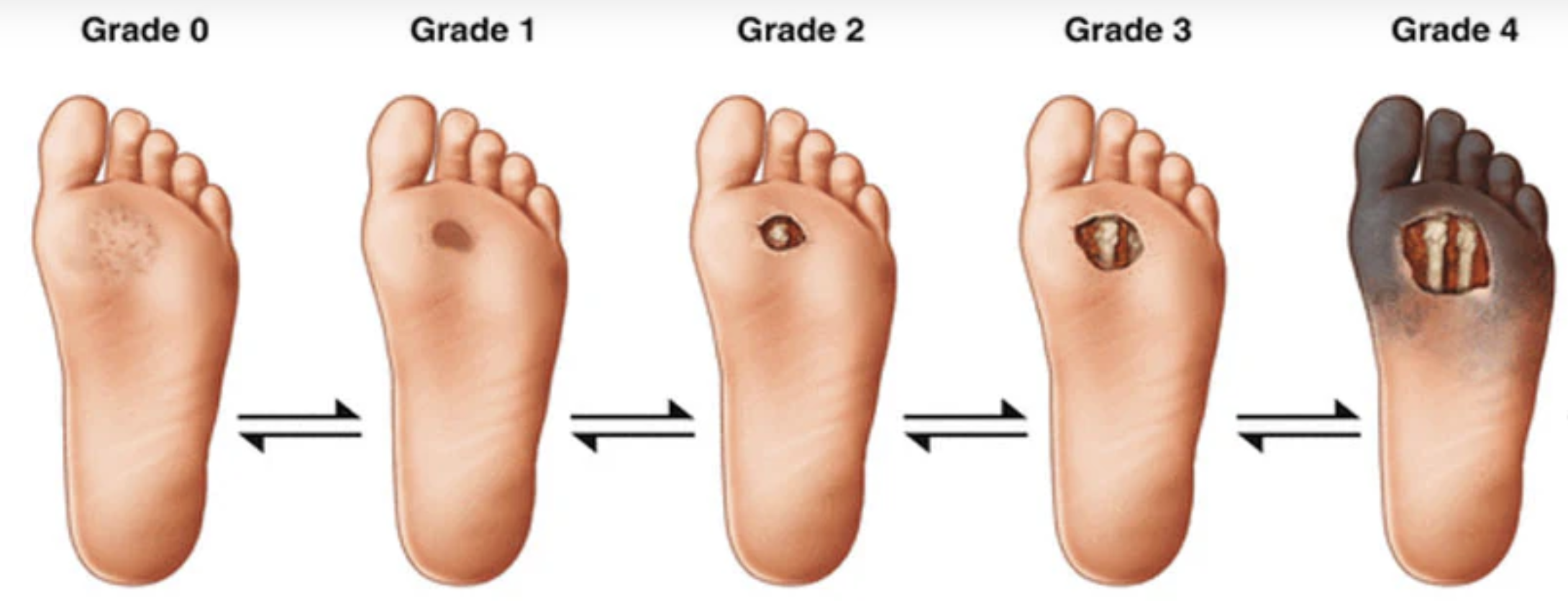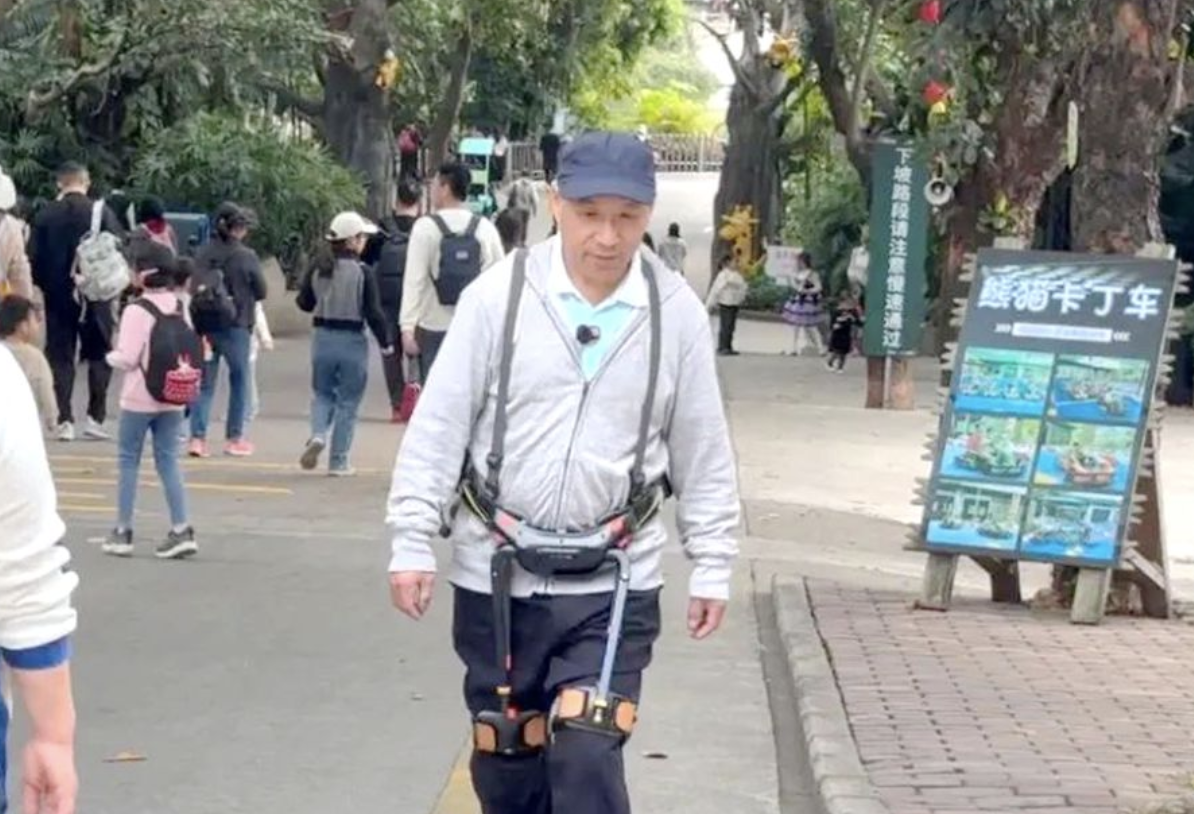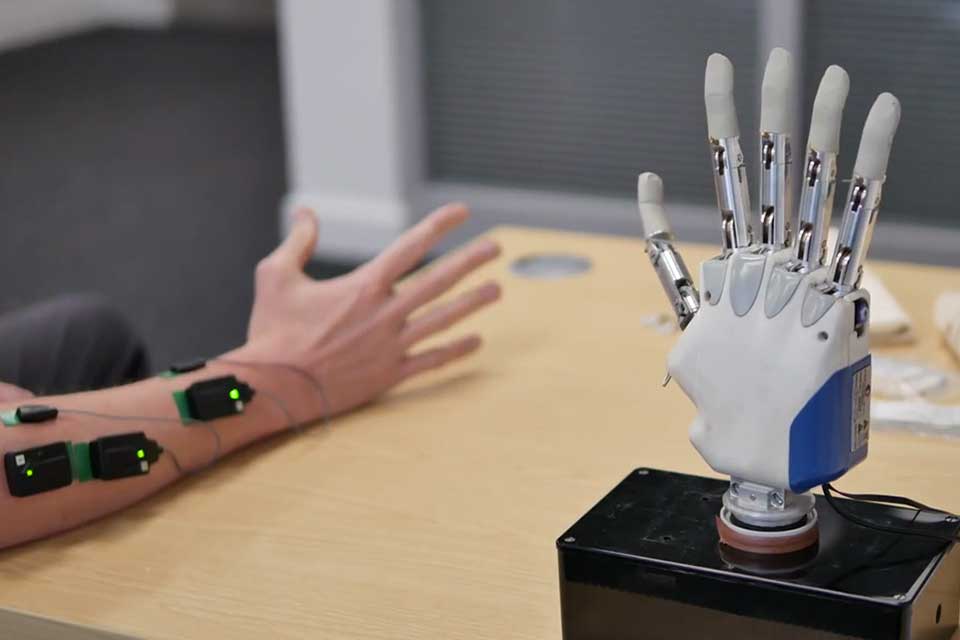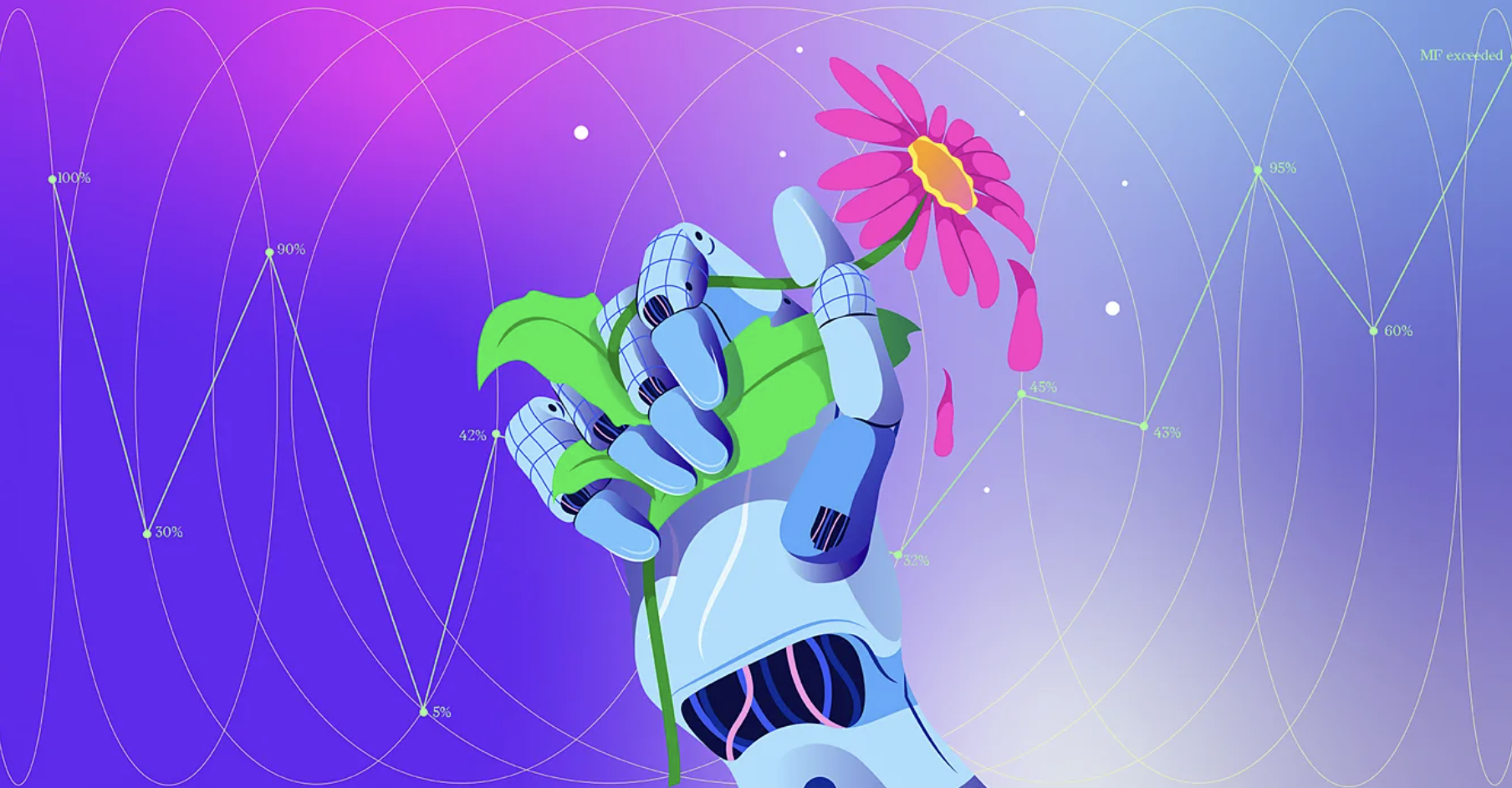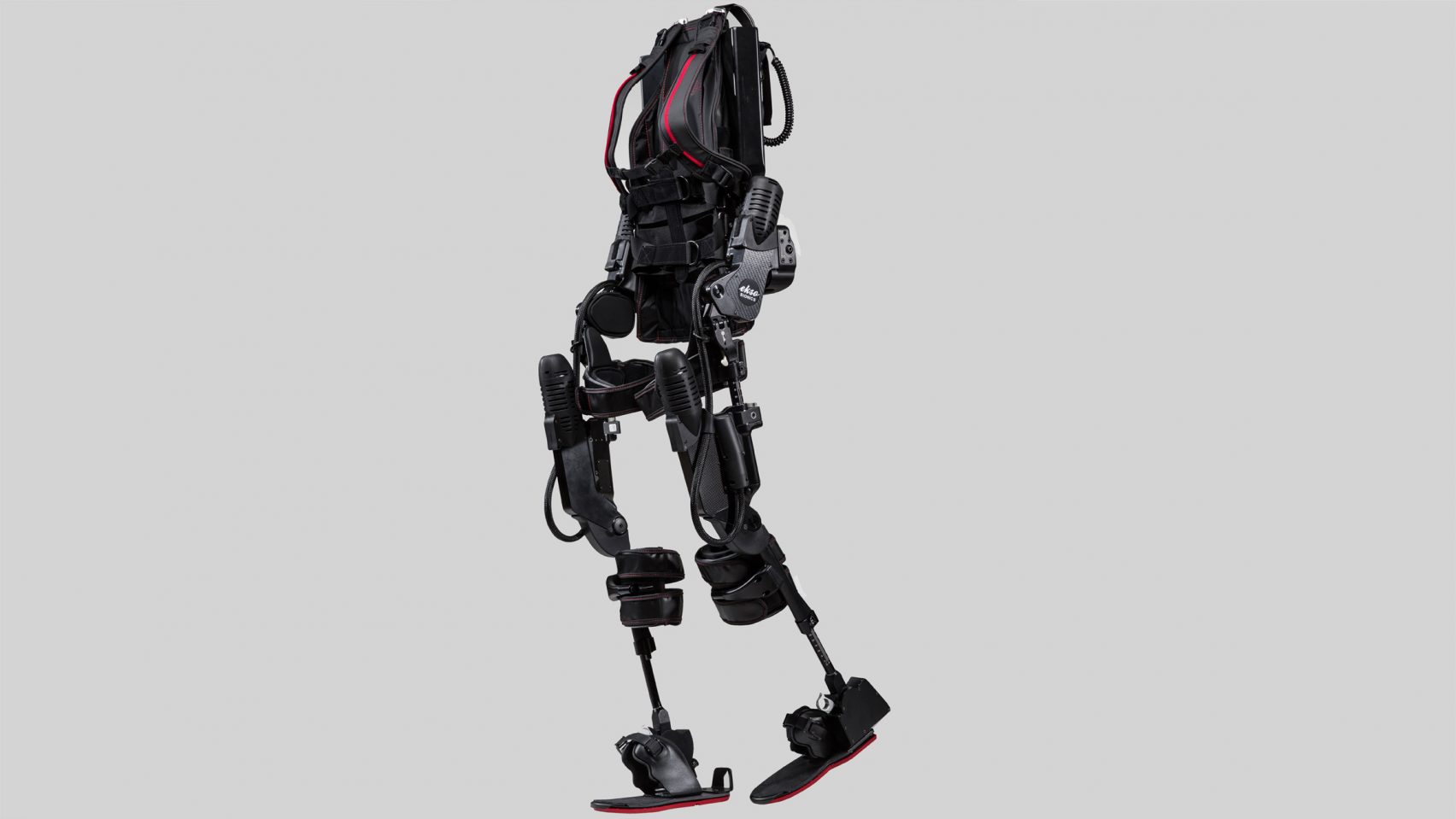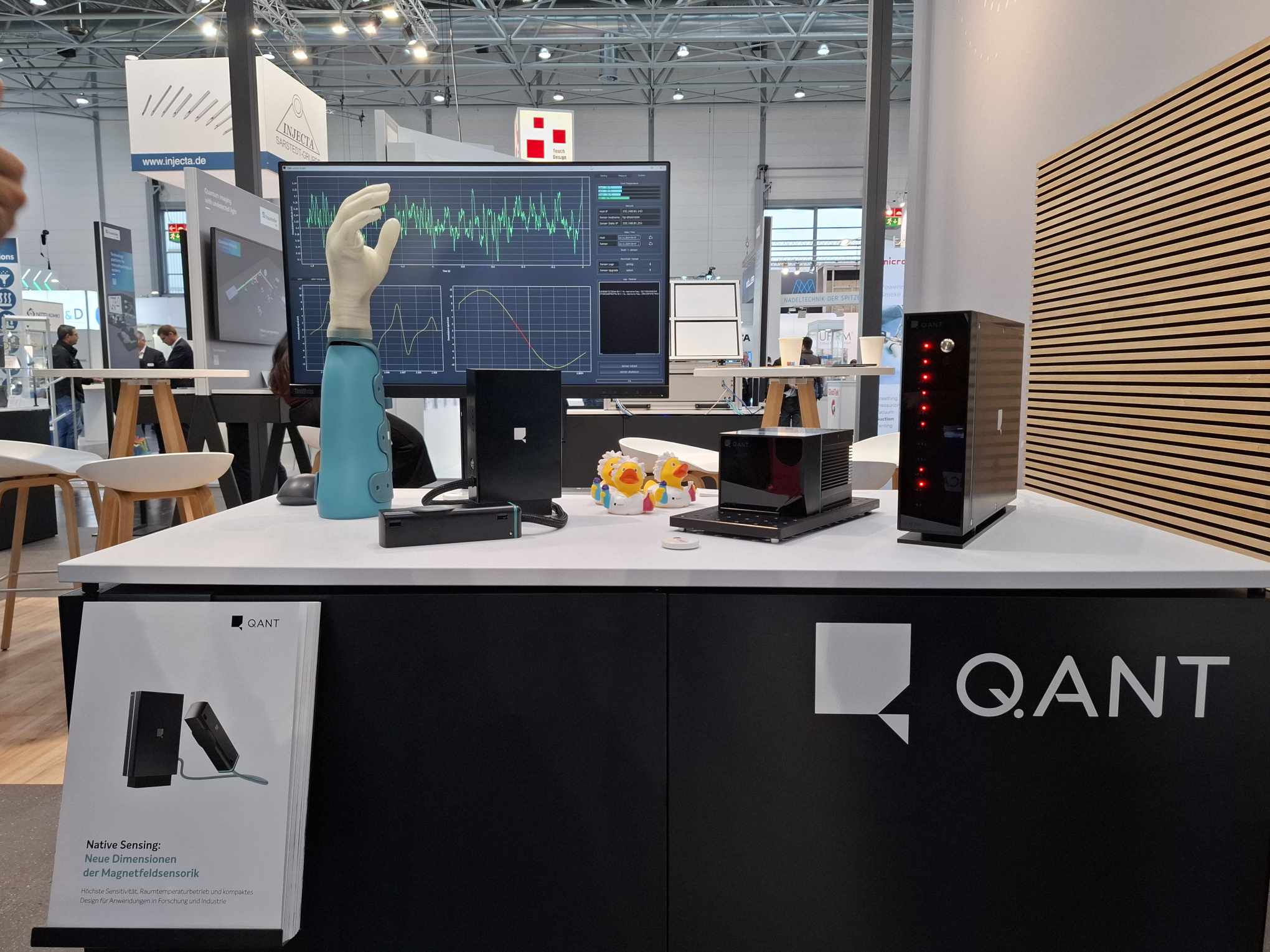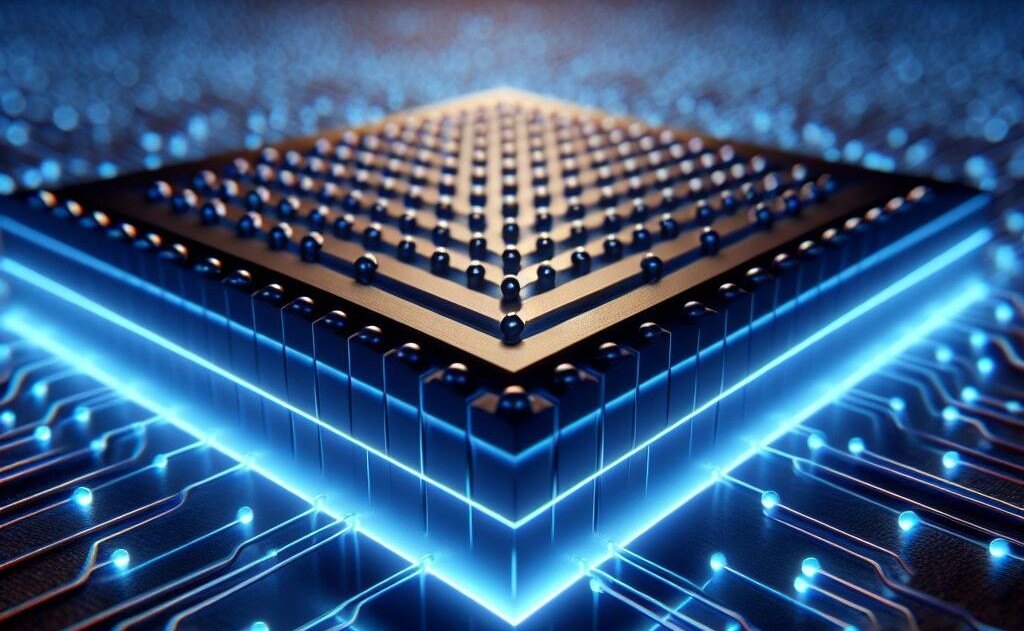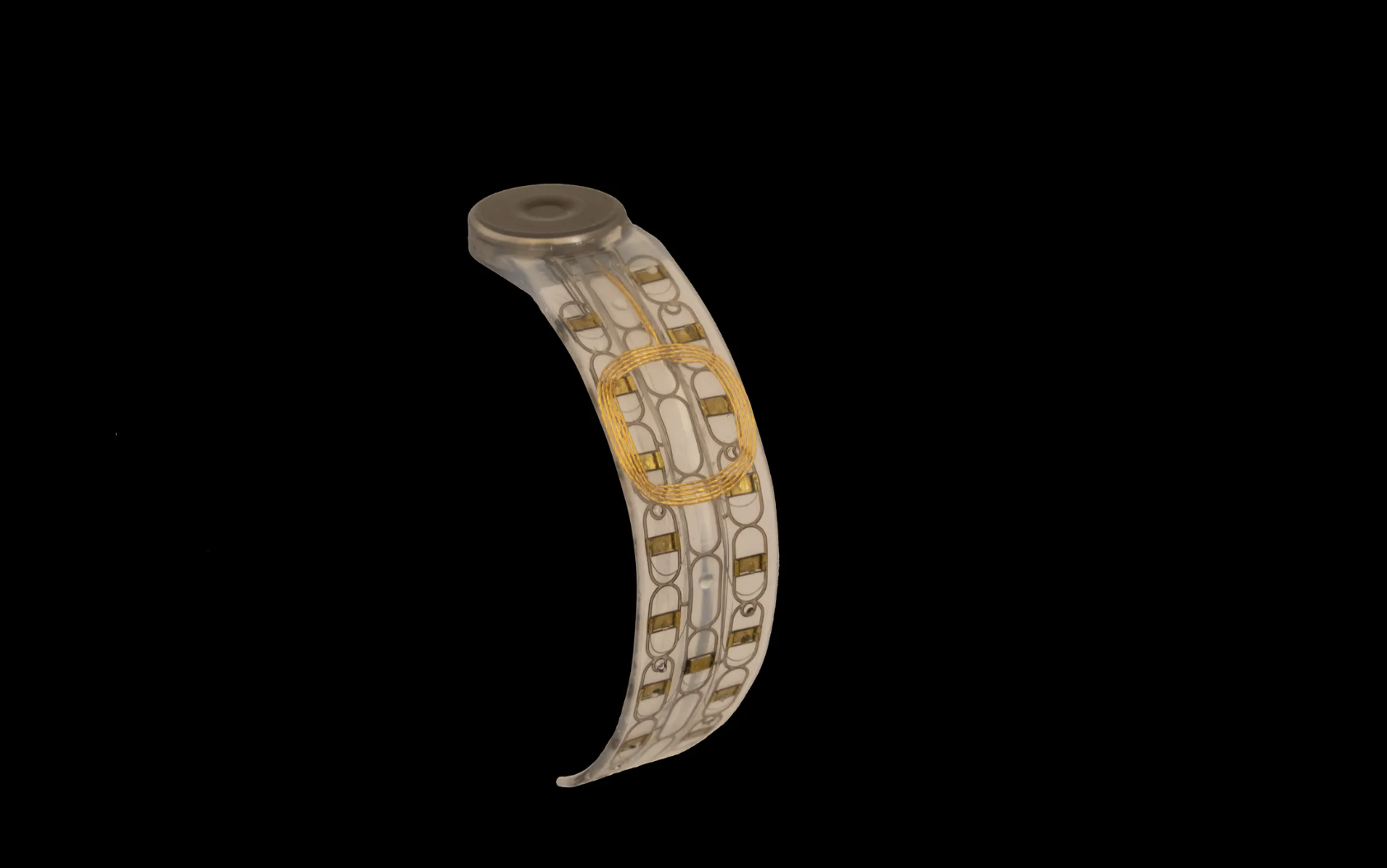A quantum sensor that can register nerve impulses without contact opens up new possibilities in prosthetics. Researchers at Fraunhofer IPA are developing together with the industrial partner Q.ANT the prototype of one Prosthetic arm that is controlled by neural commands like healthy limbs.
An amputation changes life irretrievably. A lot of things that were previously routine have to be relearned. Hands and arms are key organs for independent interaction with our environment. Over the centuries, people have tried various strategies to reduce the burden of amputation in a person’s life. The most important aids are mechanical or mechatronic devices that partially or completely replace the function of the missing limb and are known as “prostheses”. “Prosthetic devices can be completely passive, body-powered or externally powered (e.g. by a battery). The most advanced prostheses are controlled by neural signals that are collected from the patient’s body and translat- ed into control commands for the prosthetic device,” explains Dr. med. Urs Schneider, Scientific Director for Health and Bioproduction Technology at the Fraunhofer Institute for Production Engineering and Automation IPA.
Background
The main causes of upper limb amputations are diseases that affect blood flow, including diabetes, tumors, trauma and birth defects. Traumatic upper limb amputations, the sudden and unintentional loss of a finger, hand or arm due to an accident or serious injury, are serious but relatively rare, with an estimated 57.7 million cases worldwide in 2017 (McDonald et al., 2020). These injuries predominantly affect middle-aged men and are often work-related (Pomares et al., 2018; Pohjolainen & Alaranta, 1988). The most common causes include falls, road accidents and the use of heavy machinery (McDonald et al., 2020; Pomares et al., 2018).
Controlling prostheses with your thoughts
When a person or animal intends to move, their central nervous system sends weak electromagnetic pulses to motor neurons, which in turn activate muscle fibers. A single motor neuron can be connected to thousands of muscle fibers, which act as a natural amplifier of the neural signal. In order to record and interpret these electromagnetic signals from the muscles, electrodes are often used to control a prosthesis, for example.
When a person performs a specific movement, such as closing their hand into a fist, muscle activation produces a characteristic pattern of electrical signals. These signals can be classified, stored and used to determine the behavior of electromechanical actuators in a mechatronic device. Despite subtle differences in signal strength and distribution, both actual movements and imitated movements without limbs result in coherent activation patterns. This allows human-machine interfaces to create a virtual dictionary of activation patterns for desired actions.
The quality of translation of muscle activations into actuator commands is strongly influenced by signal quality. Electrical potential measurements (electromyography, EMG) are widely used but have limitations. Electric fields require galvanic contact, and fat and skin tissue also dampen electrical signals. “The low-pass filter effect leads to attenuation, especially at higher frequencies, distorts the original signal and influences the measurement accuracy. Such limitations can be overcome by recording magnetic fields (magnetomyography, MMG) instead of the electrical potentials generated by the muscles,” says Schneider. Because both magnetic and electric fields are results of the same ionic currents crossing muscle cell membranes, nearly 200 years of knowledge from electromyography can be largely applied to these new magnetic field-based interfaces.
Diamond makes magnetic fields visible
Researchers from the Stuttgart start-up Q.ANT have a sensor developed that can de- tect magnetic field changes that are a million times weaker than the earth’s magnetic field. The sensor combines photonic technologies with quantum effects, enabling non-contact and robust measurement of human biosignals under everyday conditions. In this way, the sensor can be trained to recognize individual movement signals from the human muscle. Inspired by biological systems, the method uses light-based sensing mechanisms and enables more precise and efficient data collection and more intuitive interaction with digital systems.
The core of the new quantum sensor is a tiny diamond cube with a side length of half a millimeter. Unlike a natural diamond, which consists of pure carbon, this crystal con- tains individual nitrogen atoms (chemical abbreviation N) and vacancies in the lattice (English Vacancy, abbreviated V). These NV centers can be excited to fluoresce using a laser. Using additional microwave radiation, they can be brought into a state in which a change in the external magnetic field leads to a change in the emitted fluorescent radiation. This can be recorded precisely and thus enables the smallest changes in the magnetic field to be determined.
“Our cooperation with Fraunhofer IPA accelerates the transfer of this technology from our development center into clinical practice, because with this NV sensor we are able to detect the weak neuronal impulses in the muscle without contact and with high local resolution,” explains Michael Förtsch, CEO at Q.ANT. With the quantum technology know-how from Q.ANT and the biomechatronics expertise from Fraunhofer IPA, the first prosthetic sensor module is currently being developed. Fraunhofer IPA will be showing a demonstrator for this at the COMPAMED trade fair in Düsseldorf in November.
Find out more at Compamed in Düsseldorf from November 11th to 14th, 2024 in Hall 8a at Stand G10.
